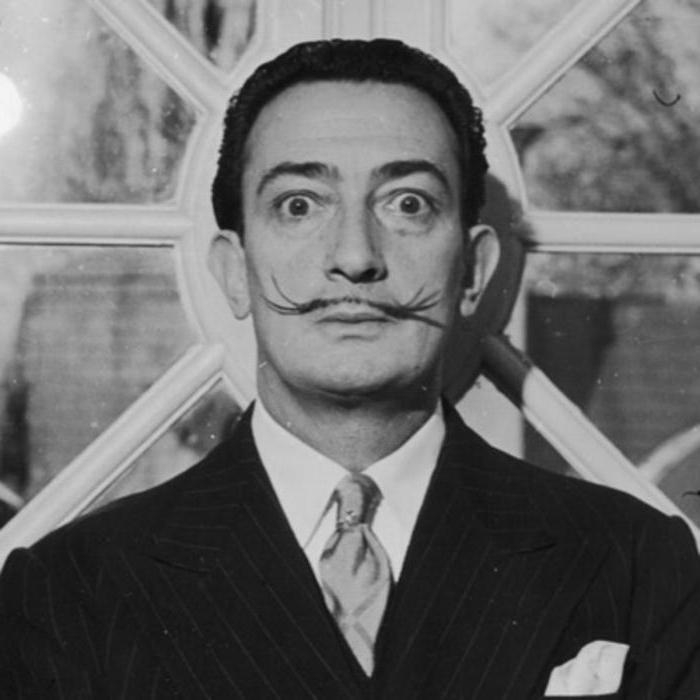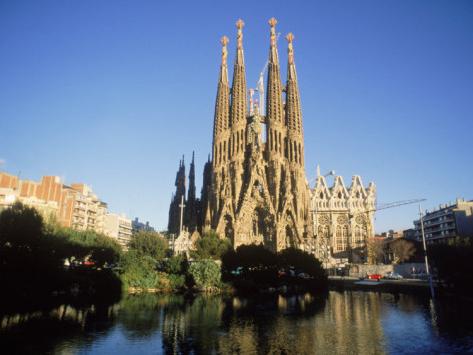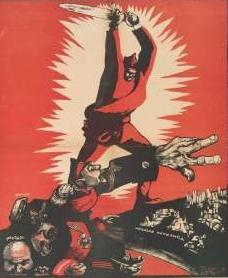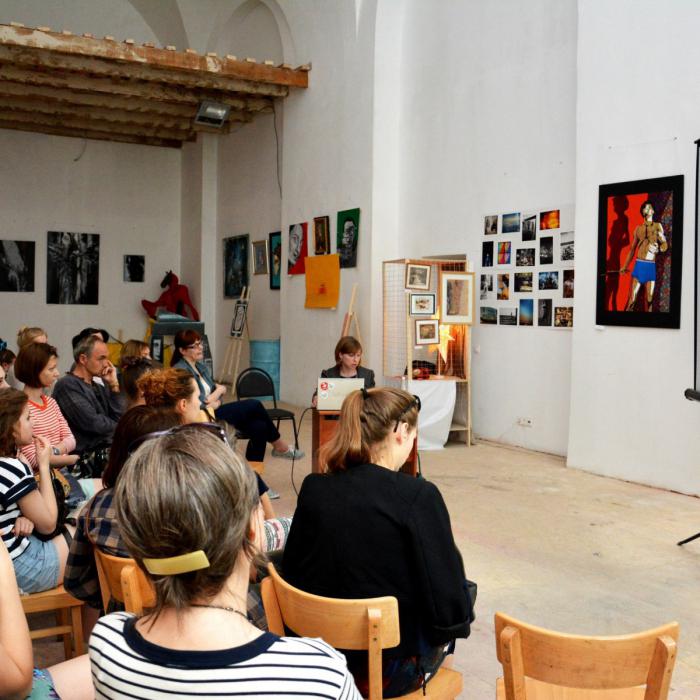"Autumn cannibalism": Salvador Dali and the Civil War in Spain
The meaning of many paintings Dali researchers are not quiteis clear. But "Autumn cannibalism" is treated unambiguously. He is equated with Picasso's Guernica: in their original manner, the artists portrayed their fear and disgust with the Civil War in Spain.
about the author
Salvador Dali - one of the most popularcontemporary artists. Only Picasso could compete with him for popularity in the twentieth century. But, unlike him, Dali was also an ingenious marketer. He managed to sell not only his paintings, but also his image, carefully emasculated and fanned by precautionary fabricated legends. This hyper-popularity led to the fact that by the end of the last century in Europe and America, Dali had managed to get bored somewhat, as shown by auction sales. At the same time in Russia, his paintings continue to enjoy great success. "Autumn cannibalism", written in 1936, refers to the early period of the artist's work.

The plot of the picture
In the painting "Autumn cannibalism" is depictedCatalan beach and standing on it a chest of drawers. Here are the main actors of the picture: two impersonal creatures, one of which guessed women, in the other - male features. Woven in insane embraces, they eat each other. In this tangle of bodies it is difficult to make out where the flesh is. In the picture there are attributes of a still life: broken bread, nuts, apples. On the top are scattered pieces of fresh meat, one of them nailed.
In the background is a crimson scorched valley, forshe can see the buildings of the Spanish town. On both sides it is framed by mountains. In one of the hills on the right you can see a carnivorous grin. The cloud in the sky is also not accidental, it reads a profile distorted by a cry of horror. Unlike the surrealistic foreground, the background in Dali's paintings often looks quite realistic.

Interpretation
It is rather difficult to talk about the plot in the picturesthis painter, and even more so to interpret it. But with regard to Dali's painting "Autumn cannibalism," the researchers of his work are unanimous: the plot is inspired by the horror of the Civil War in his native Spain. Devouring each other beings, woven into a ball - a single Spanish people, split into two parts. When he eats his brother, he destroys himself. Like other Dali paintings, "Autumn Cannibalism" is filled with various symbols. So, the ants in his works are a symbol of death and decay. Bread means fear of hunger and poverty. Chest of drawers - an image often found in the works of the artist. This is a kind of "Pandora's box". Hidden desires, secret thoughts, subconscious fears hide here. The apple on the head of one of the characters of the picture is treated as an allusion to the legend of Wilhelm Tell. According to legend, he was forced to shoot a bow in an apple on his son's head. Thus, in the picture the fruit symbolizes coercion from the outside and at the same time a close connection of two beings. The cleared apple on the tabletop symbolizes, in spite of legend, the inevitable death of her son.
Dali's paintings are a complex phenomenon of culture, ambiguous for perception and interpretation. This does not cancel the fact that the artist remains one of the key people of the twentieth century.








